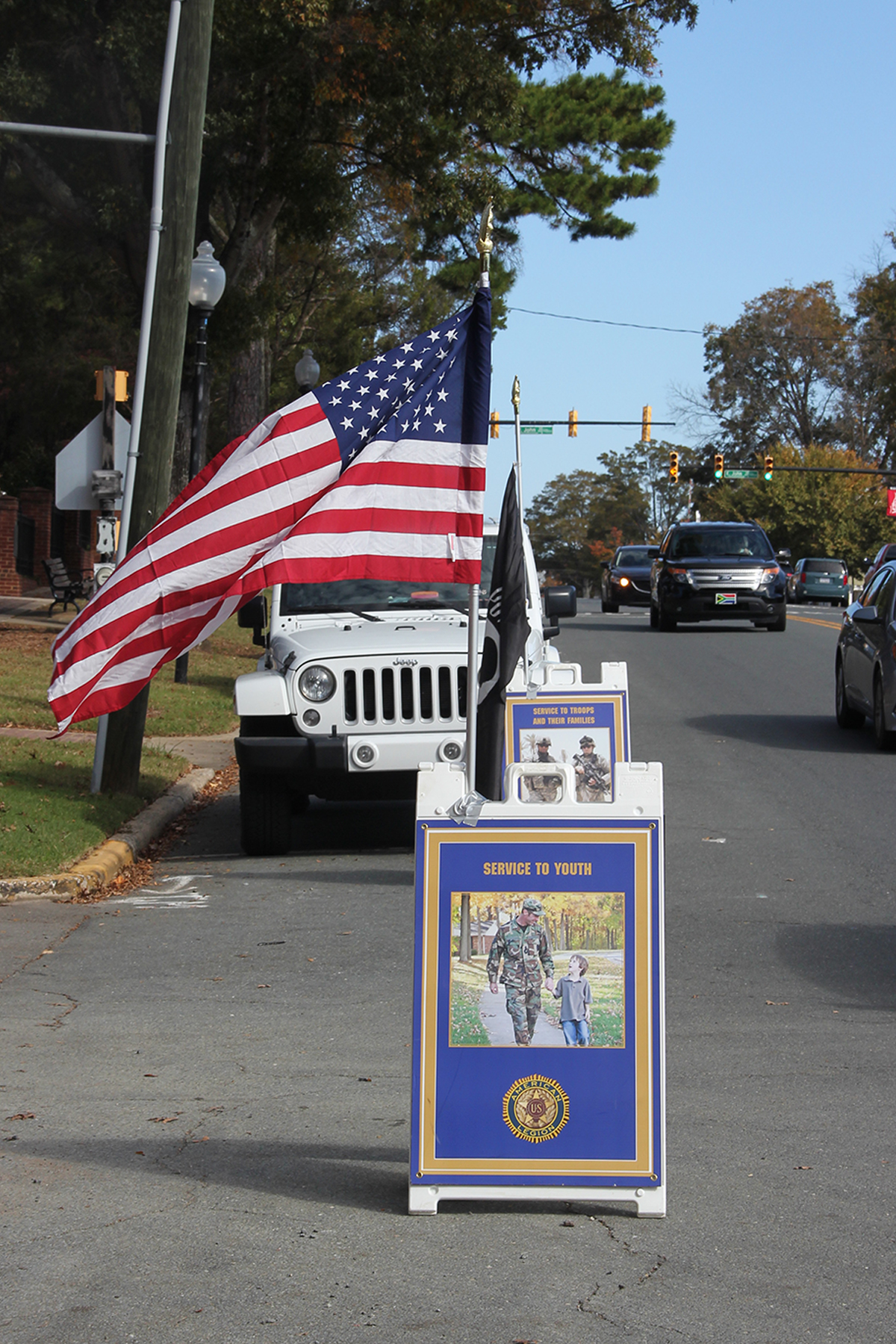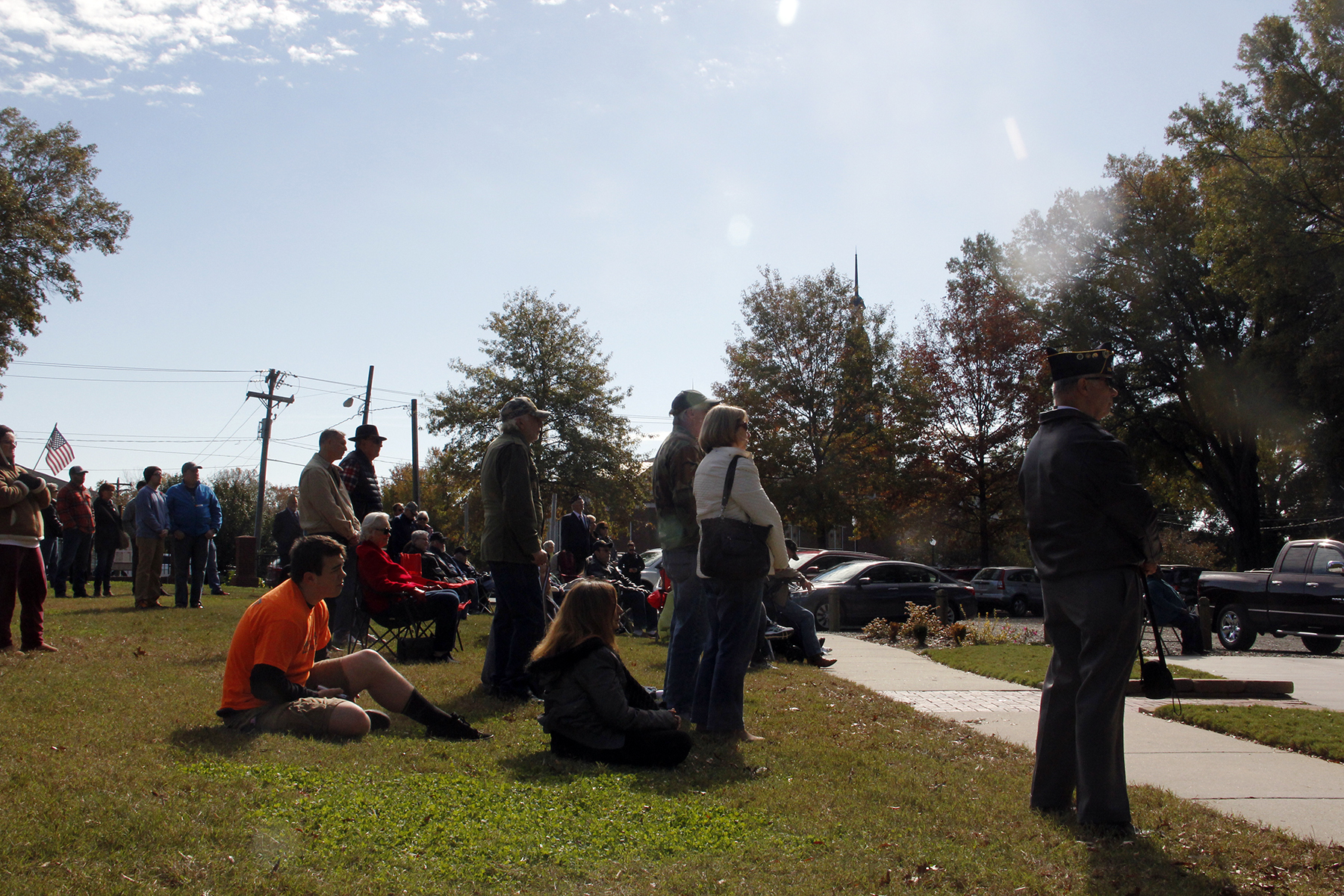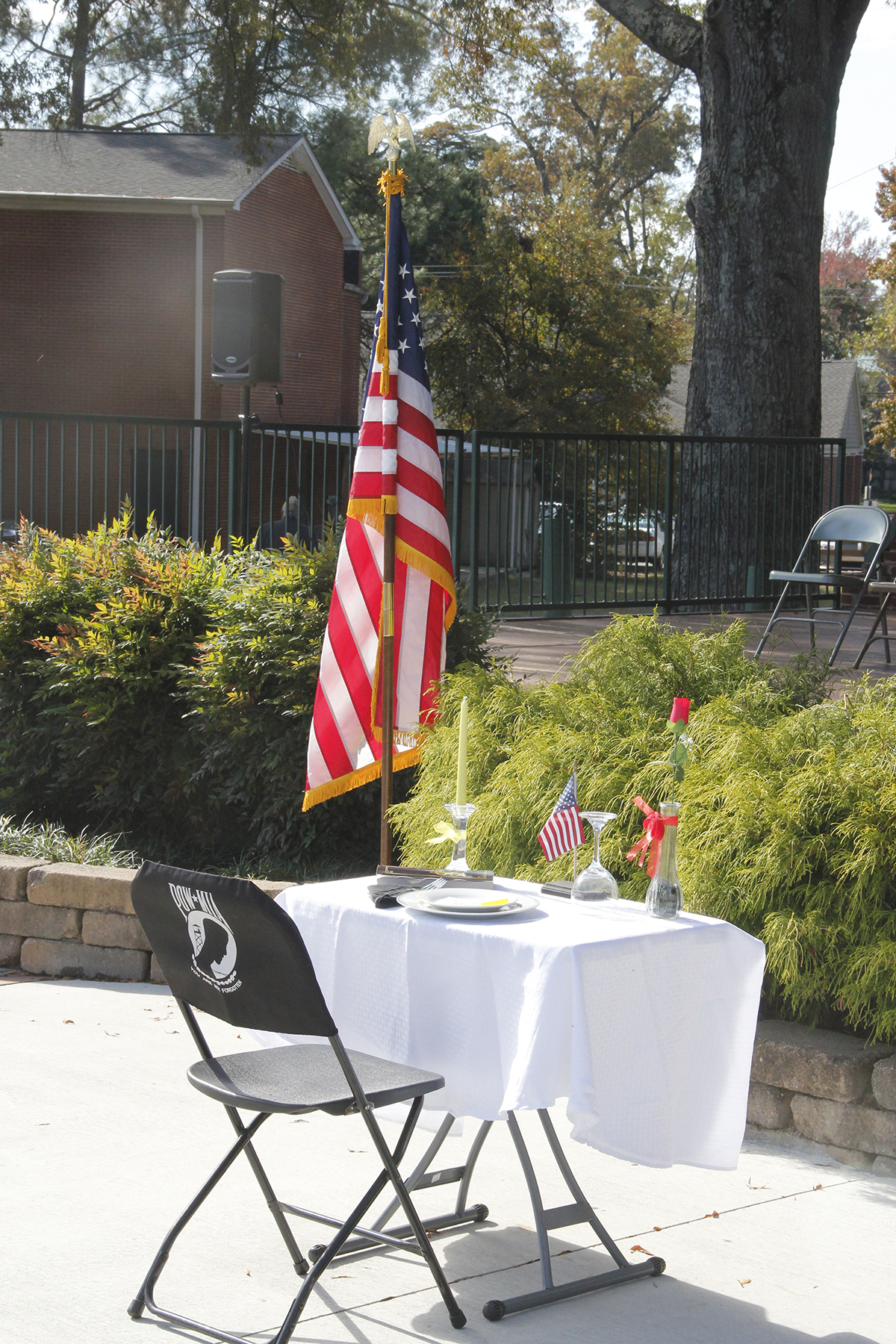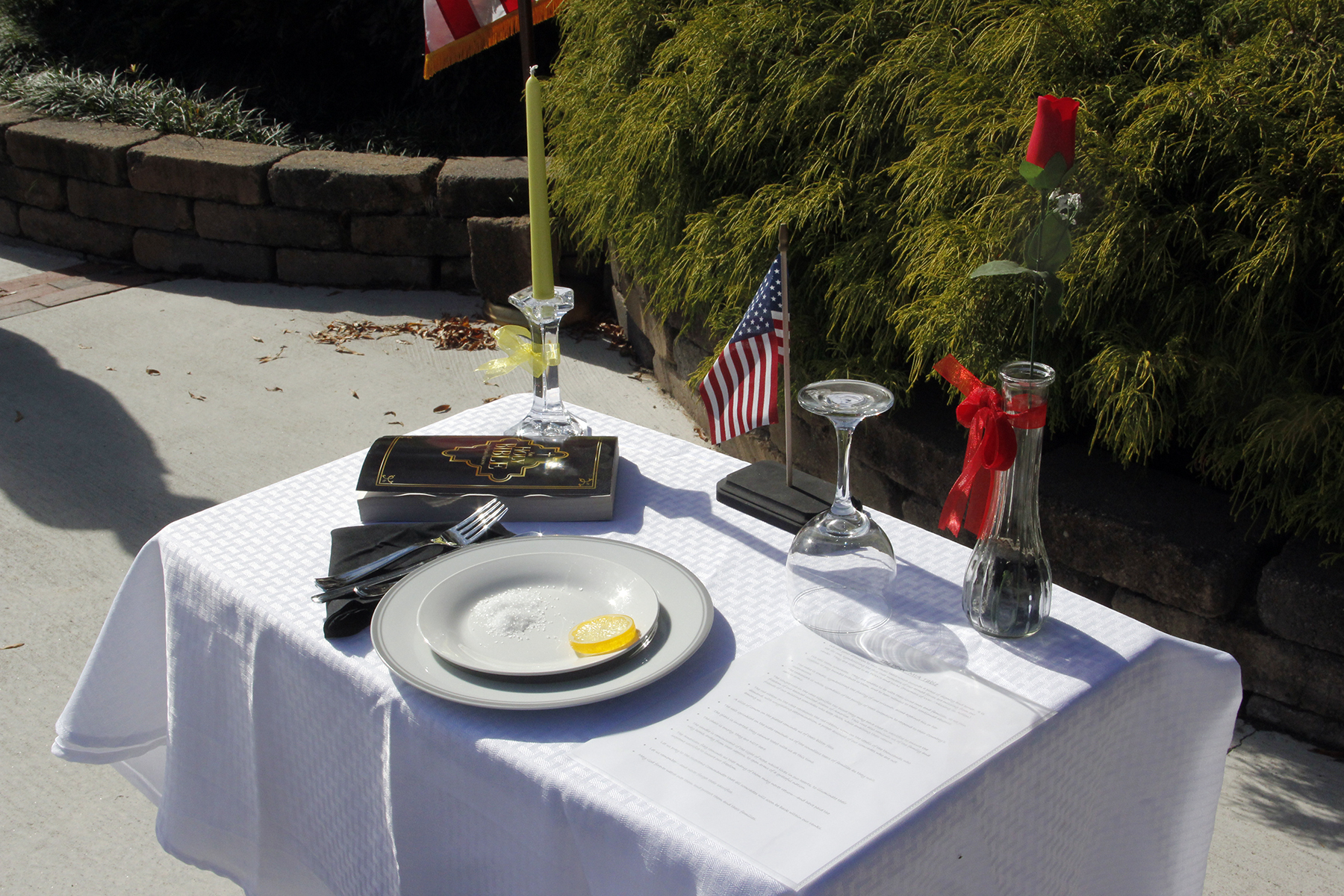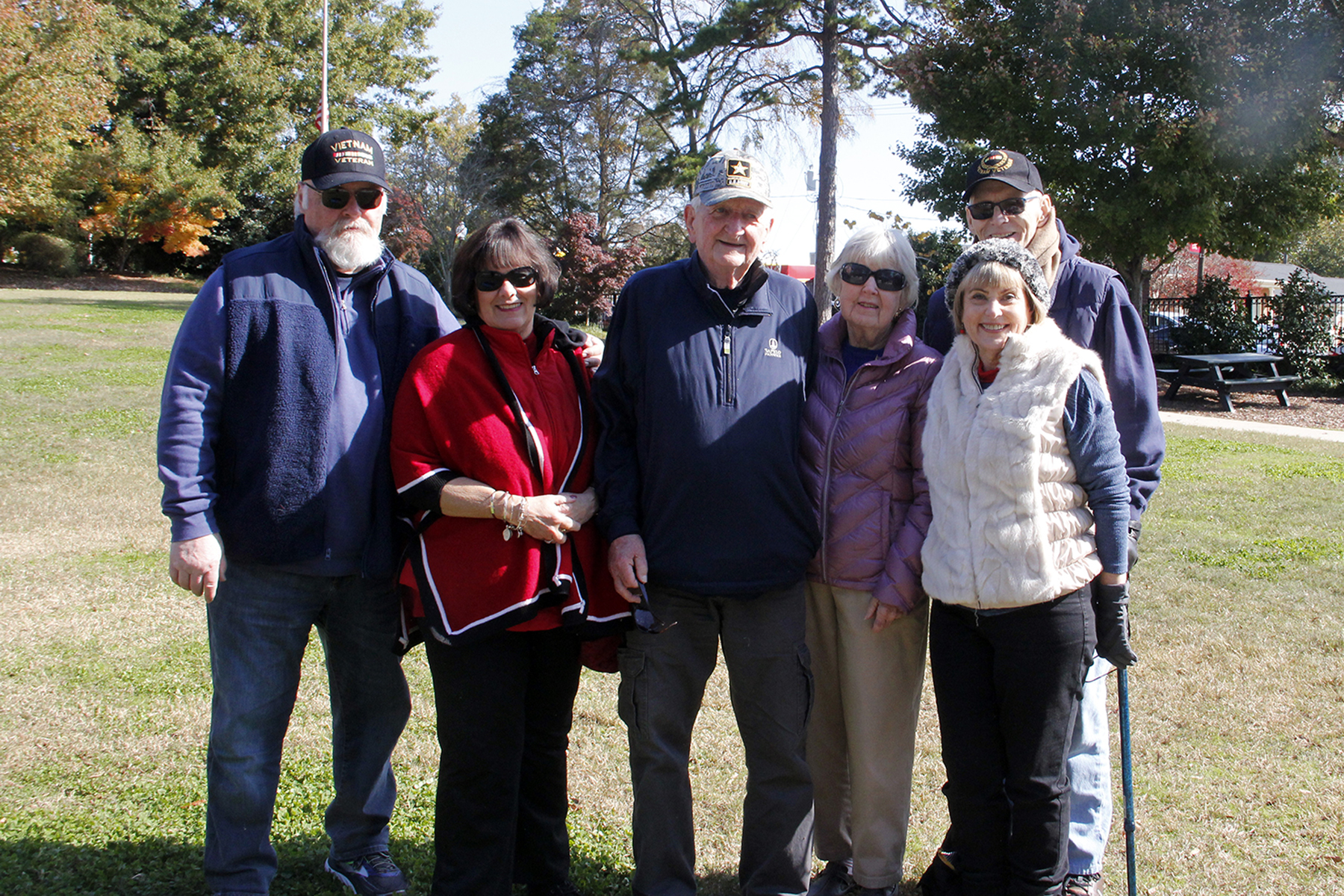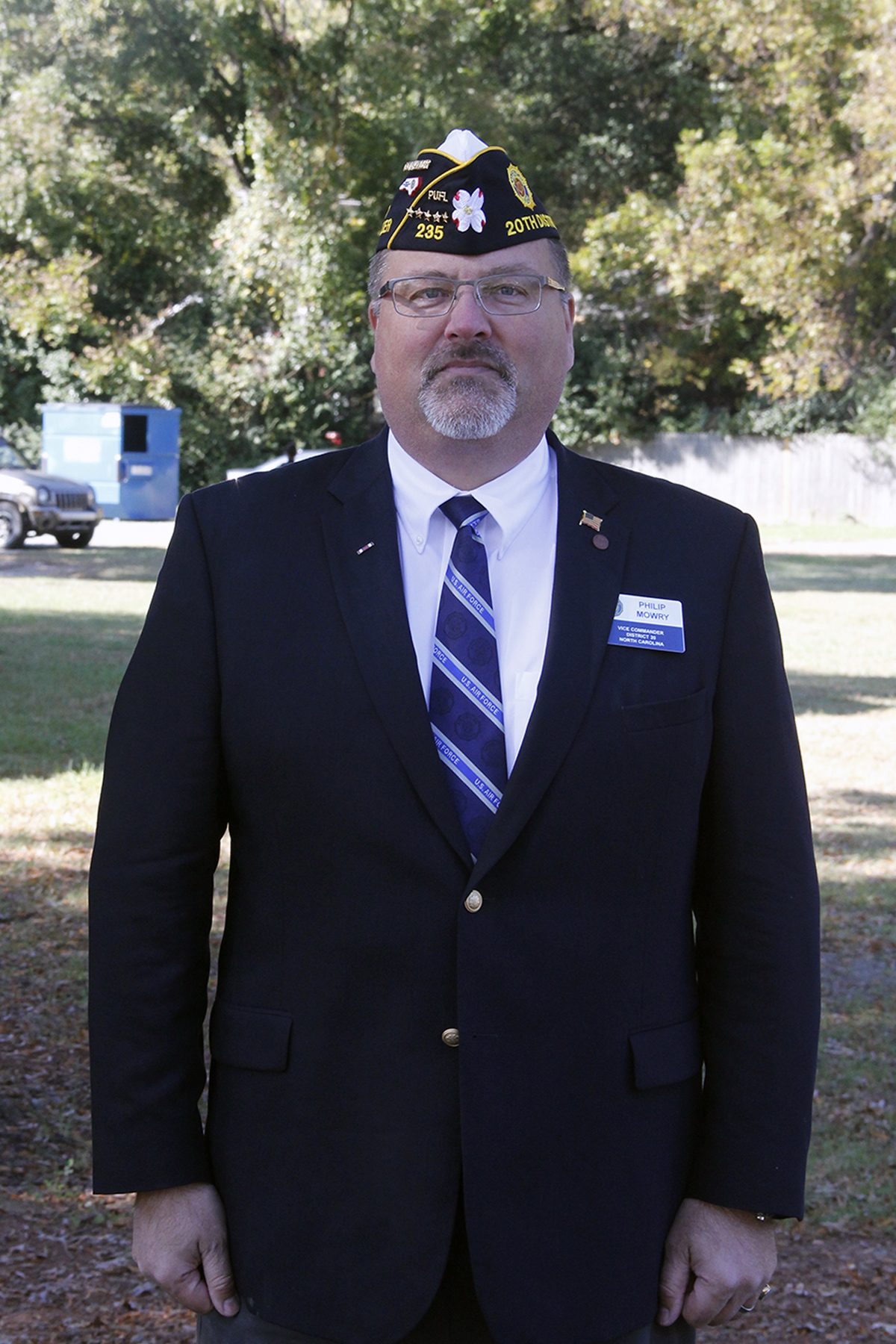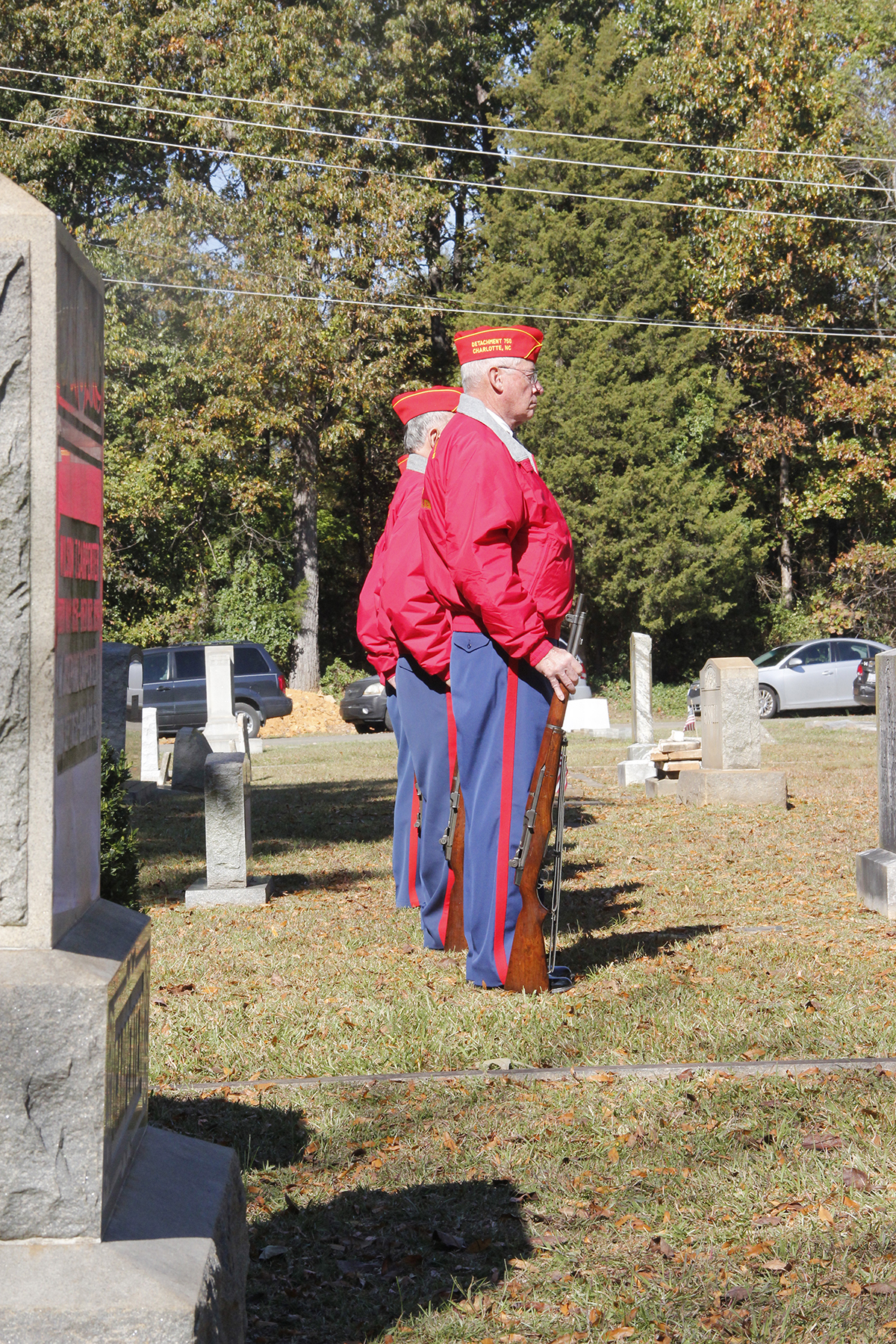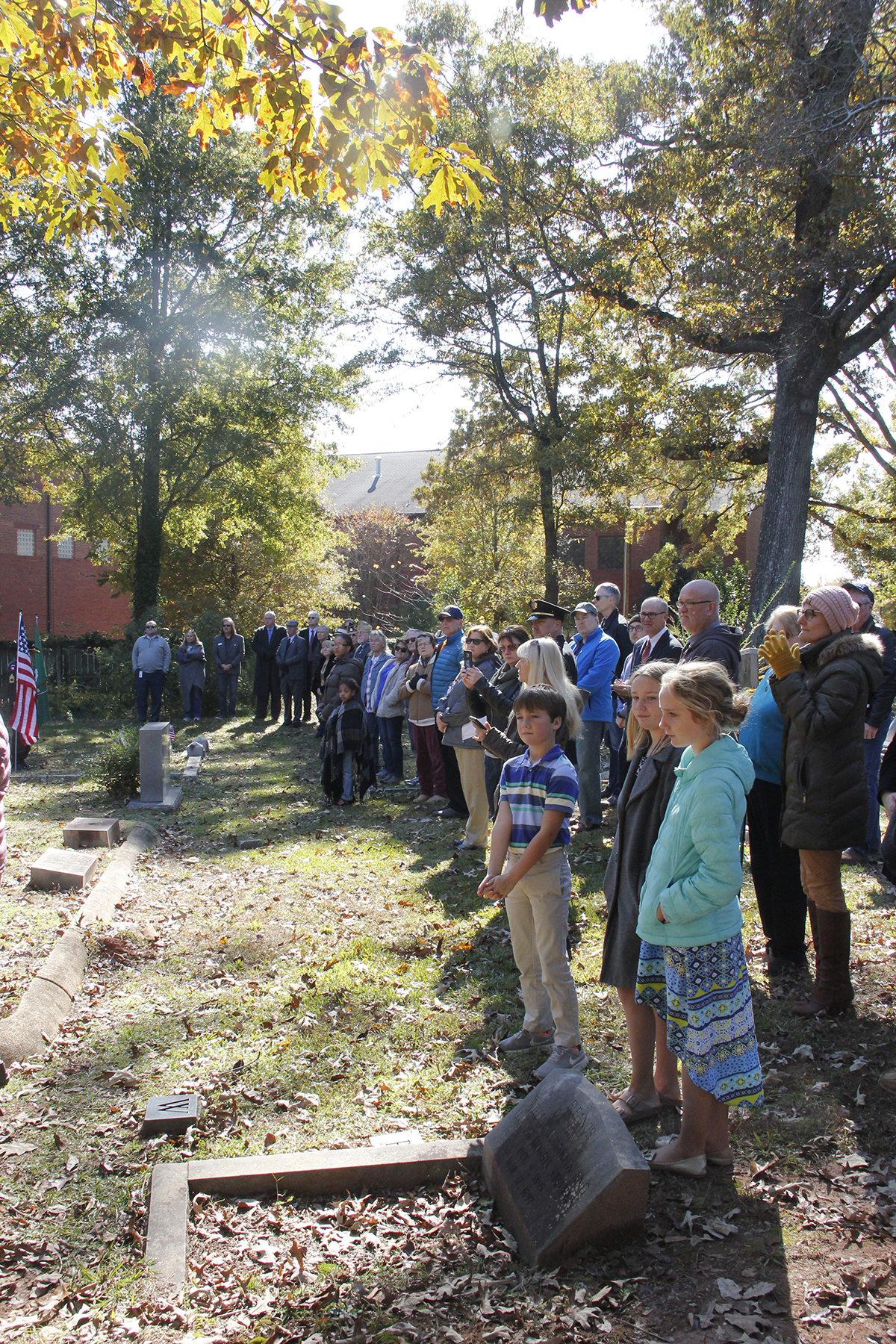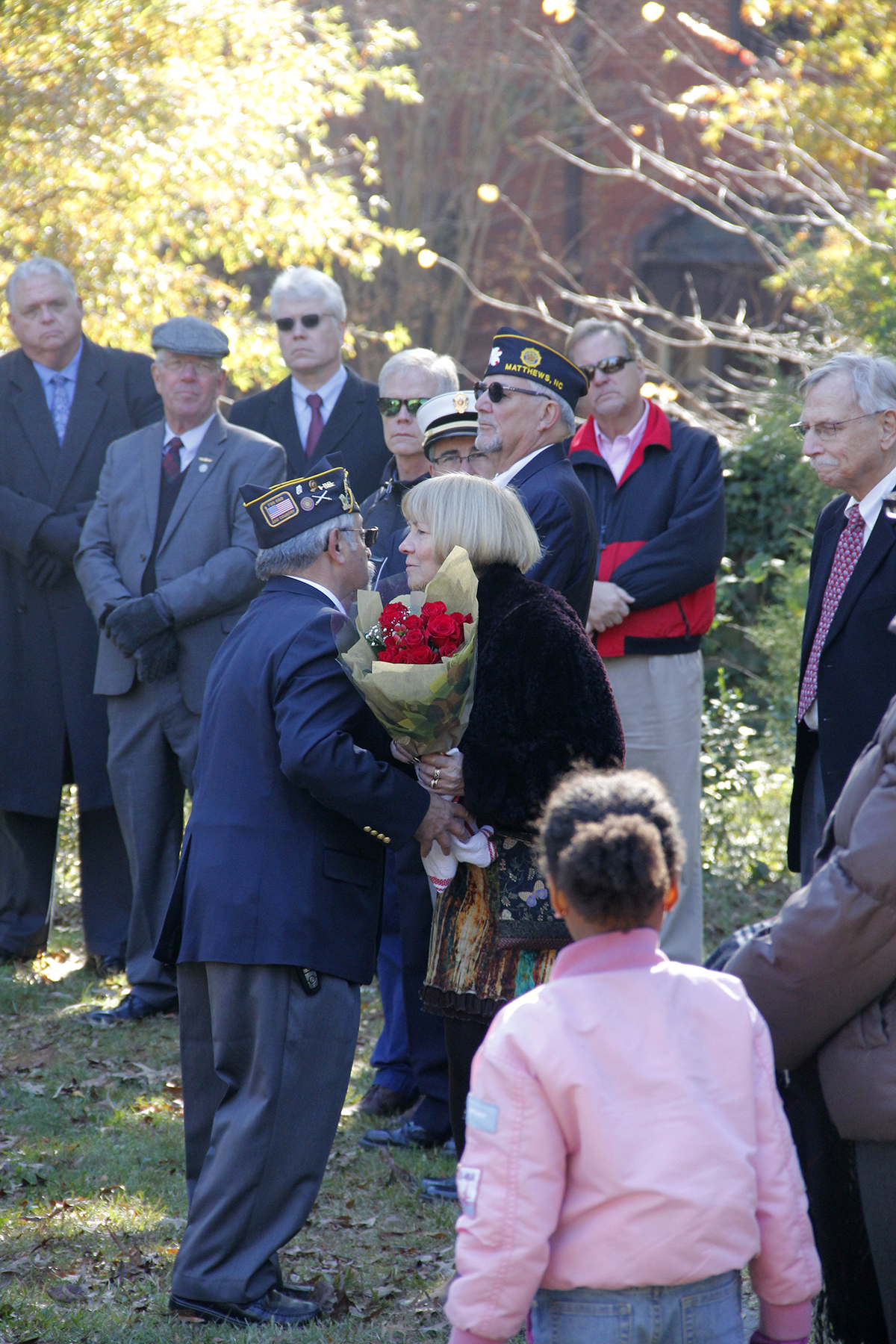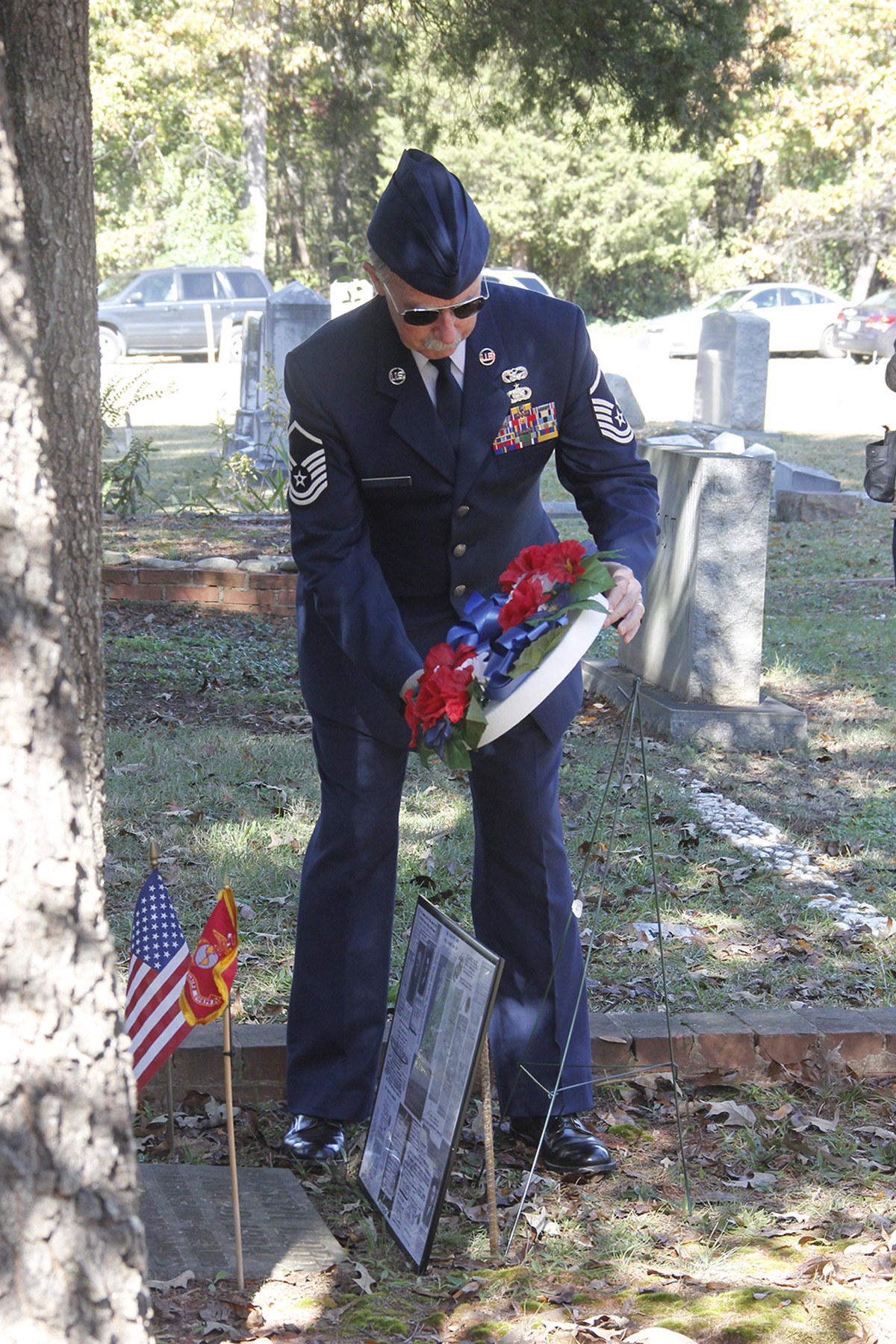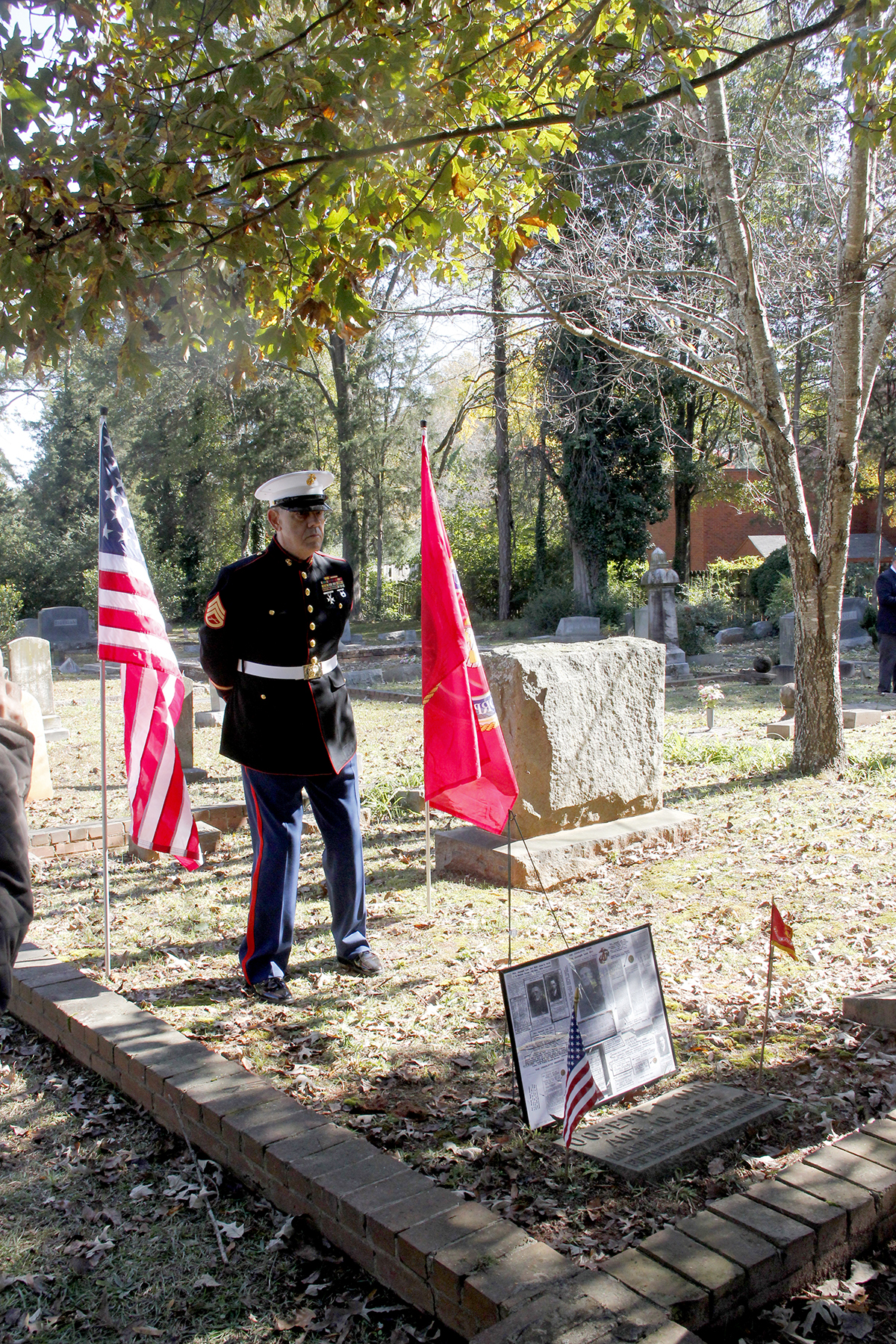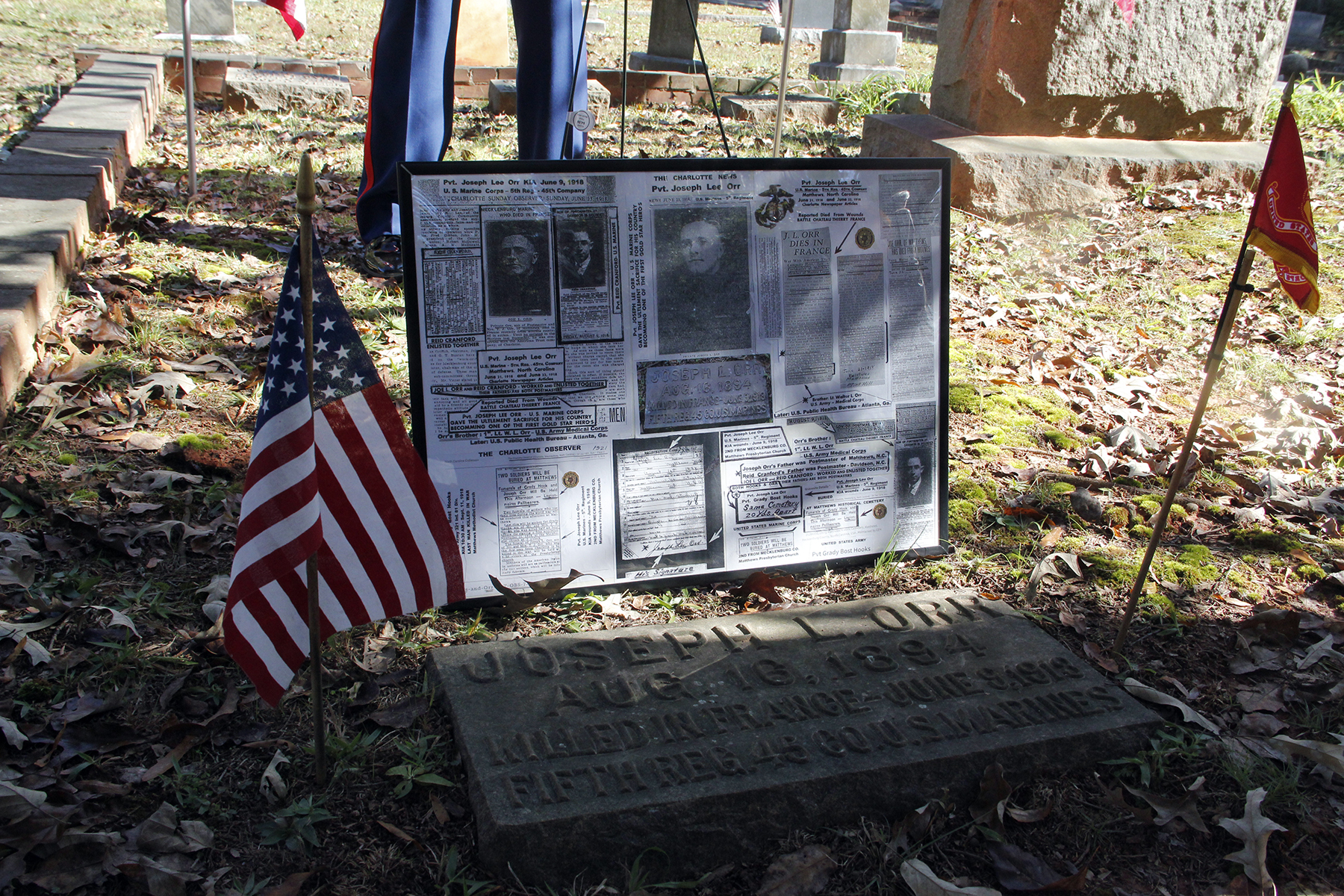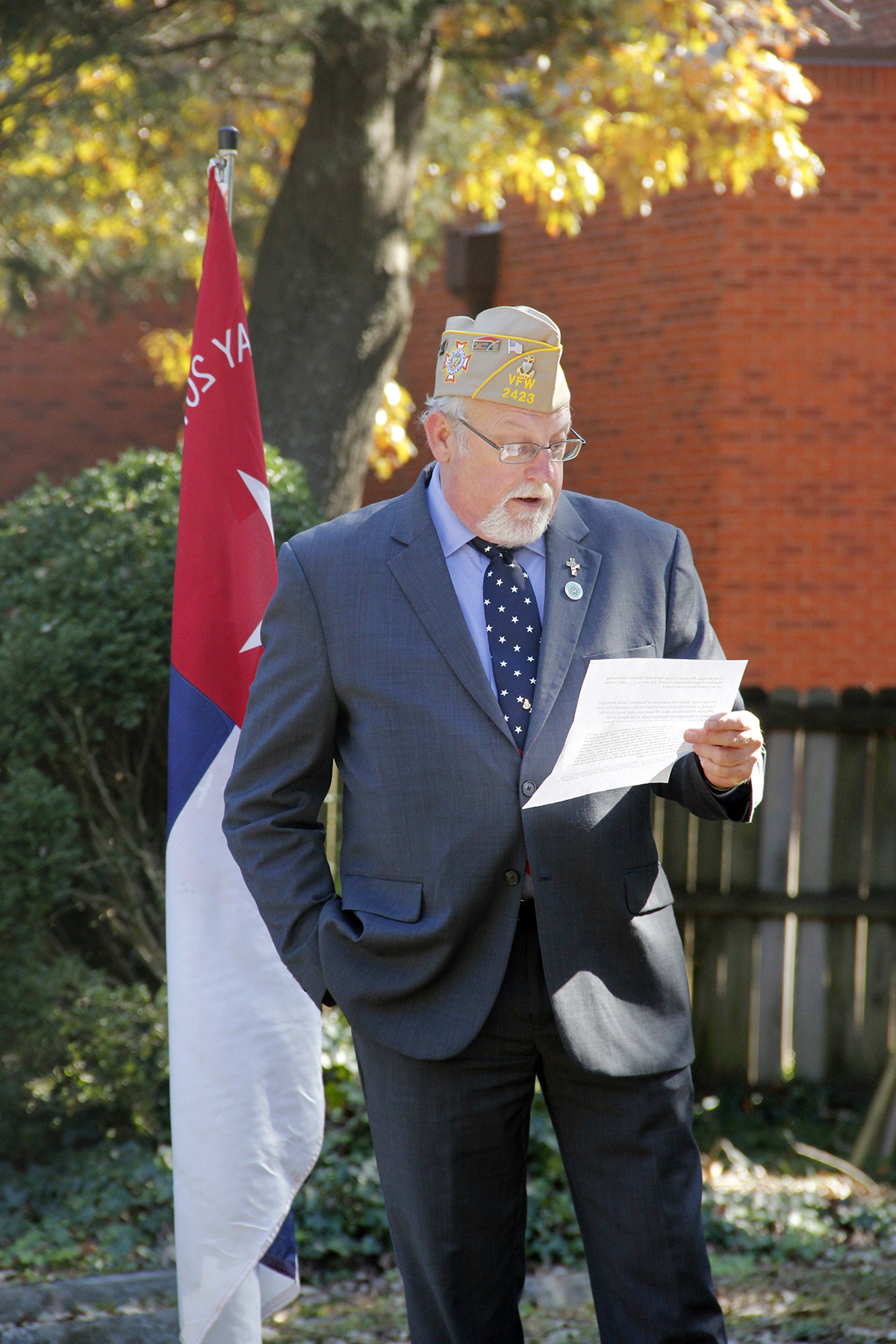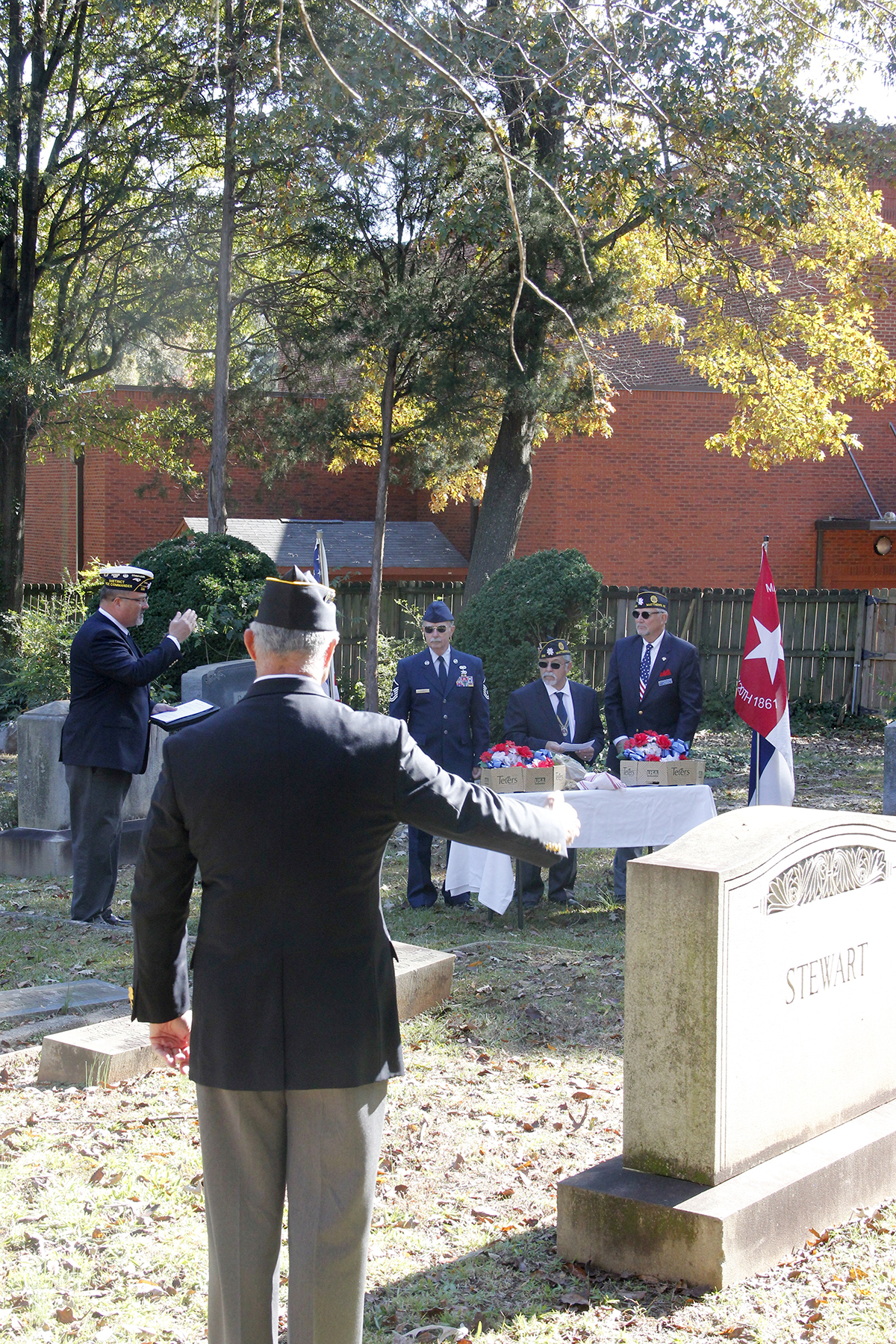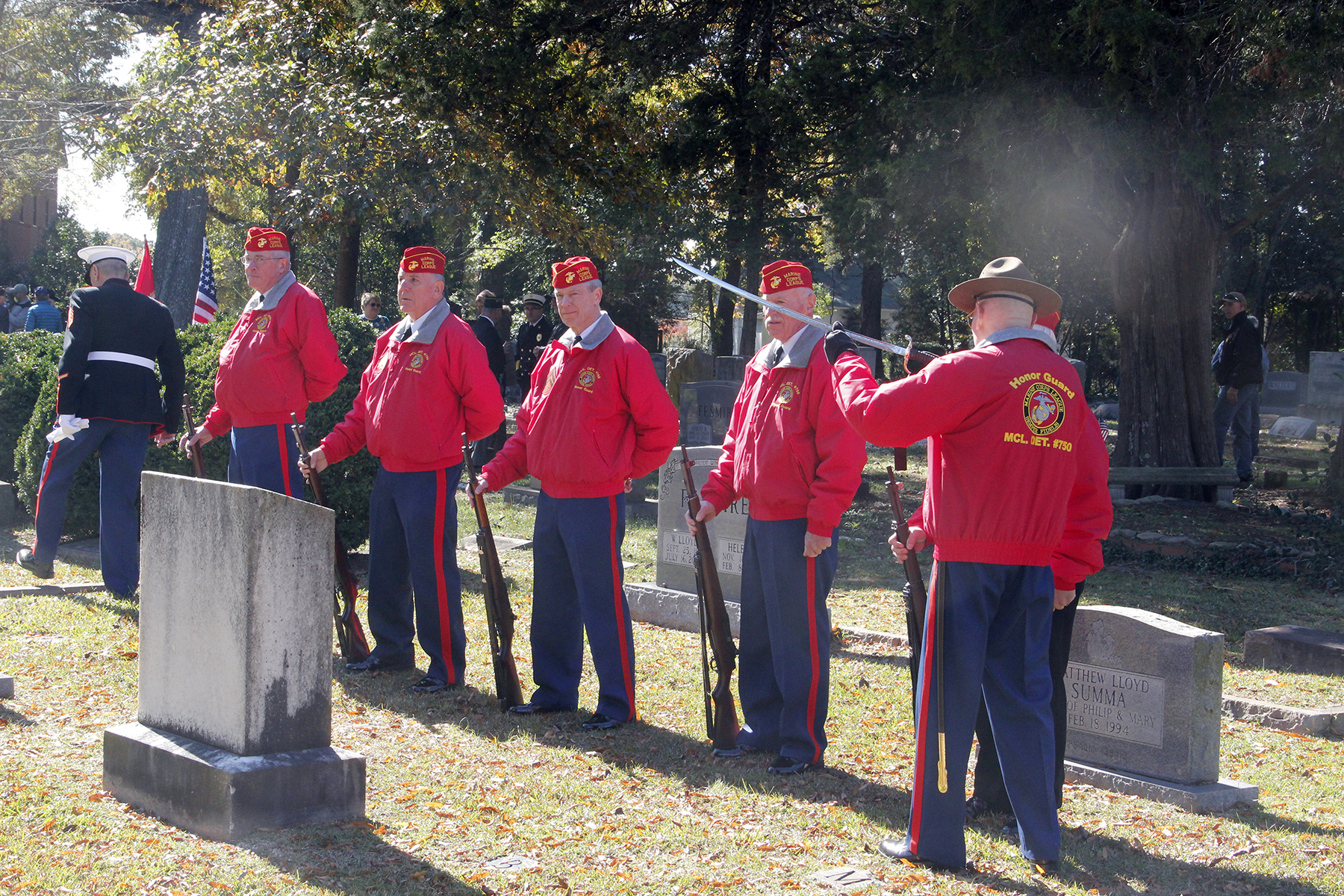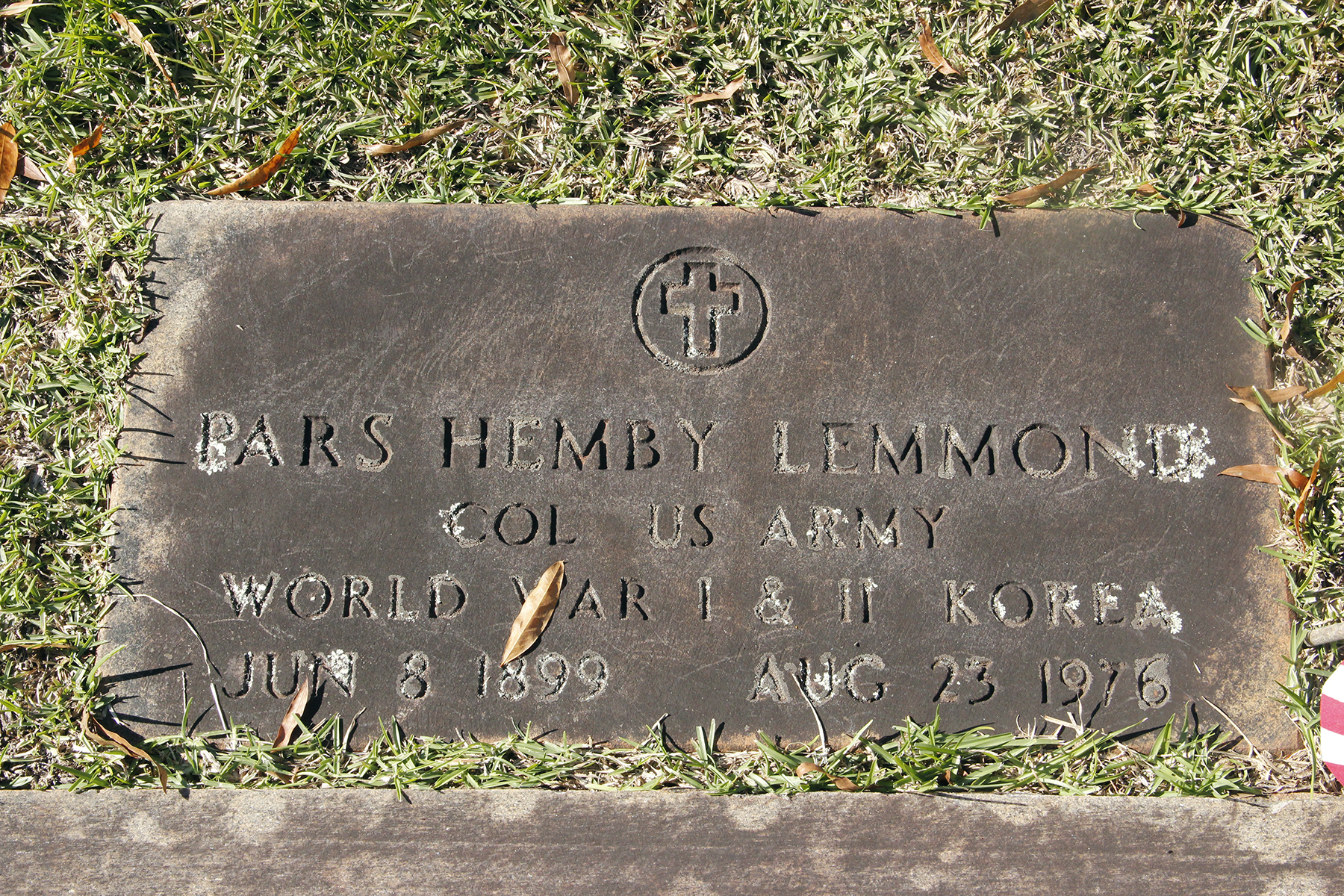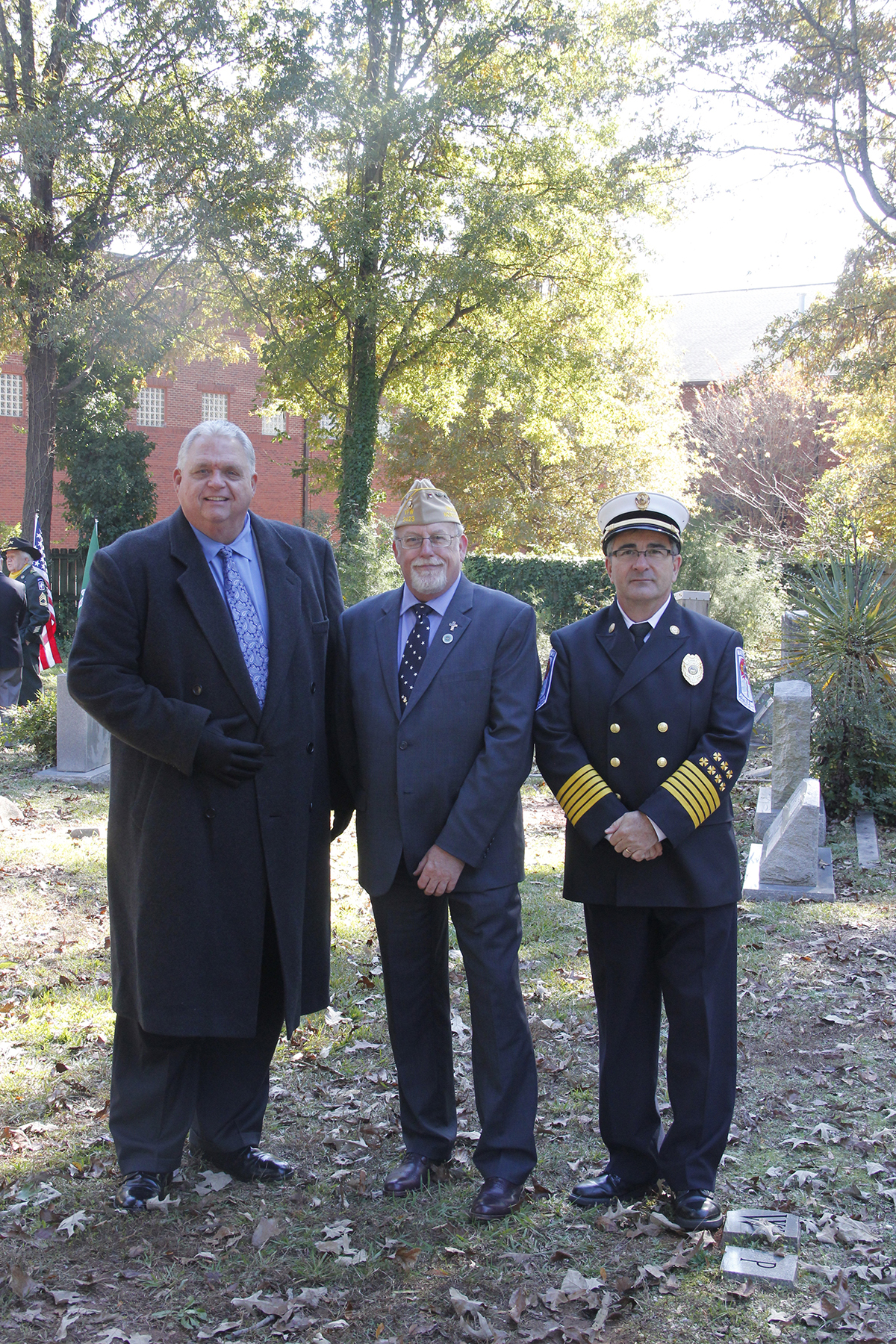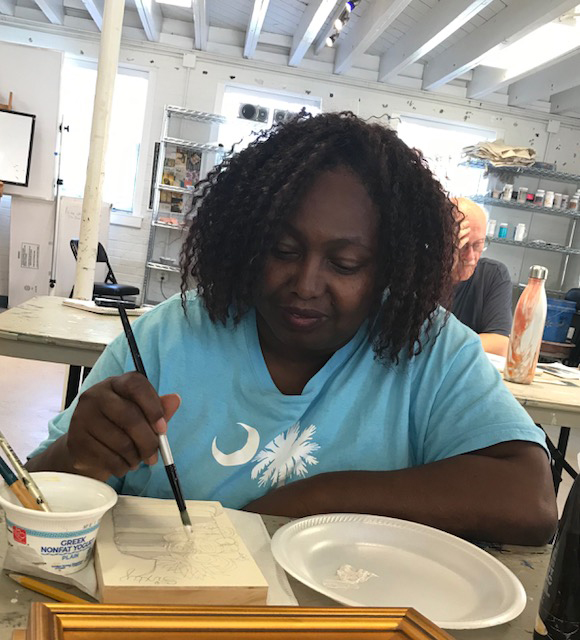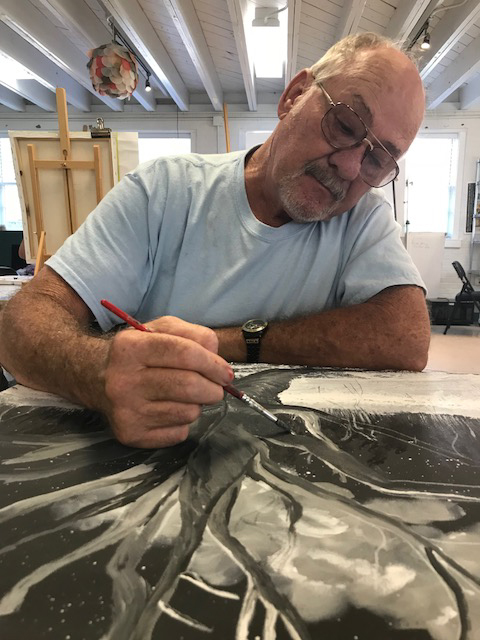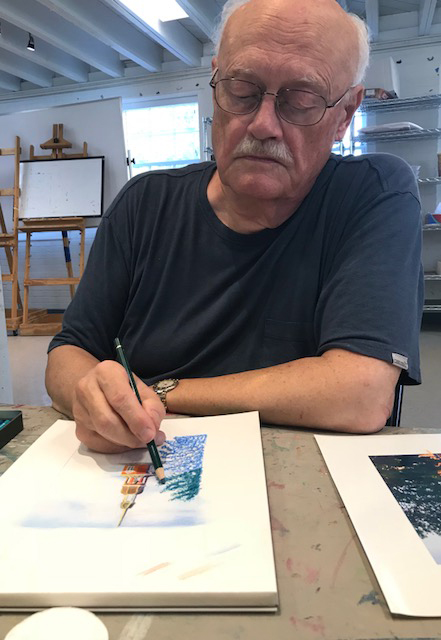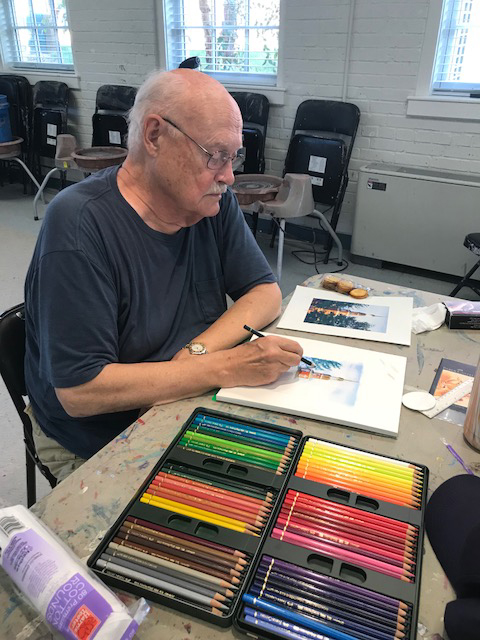With permission, The Beacon is archiving past issues of Matthews Record (also called Matthews News and Record and The Matthews Record) articles online. Throwback Thursday articles will include relevant content still facing Matthews today. These stories were originally published November 30, 2006 and was written by Janet Denk.
Two men, two worlds apart, together again
When the two Matthews men first met, a little over a year ago, it didn’t take long for the exchanged pleasantries to move into much deeper territory. Discussions of home ownership, family and food preparation shed light on the cultural differences between Oh Rmah and Bill Dixon. But their stories began to intersect when the topic of Vietnam began to emerge.
Oh, a local cabinet assembler living on Tank Town Road in Matthews, was born in the central highland region of Vietnam. His people are known as Montagnards (French for “mountain people”). North Carolina is home to many Montagnard families.
These two men, from two different worlds, have discovered that they traversed the same jungle decades terrain decades ago. They shared similar memories and fought, quite possibly, on the same mountain thousands of miles from where they stood that day in Crestdale. both men grew up modestly, raised families, joined armies, endured the deaths of their own sons. They’ve seen guts and glory, yet go about their days, as neighbors and simple men. Their communication, like many soldiers, does not depend on words.
It just is.
That comes with the territory.
The territory in the late 60s was the central area of Vietnam in places with names like Dakto, Khe Son, Hamburger Hill.
Oh Rmah
When Americans pulled out of Vietnam in 1975, the war for Oh Rmah and his people did not end. A constant struggle to secure his homeland, the Montagnard joined those who fought against communism in his country. Oh Rmah was happy to work alongside US Army troops to serve as an interpreter and a guide in his native highlands.
For this allegiance, Oh and many others like him would pay a costly price. It would be two years into his imprisonment that his wife, Din, would have knowledge of his whereabouts. The war in Vietnam ended in 1993 for Oh when he was released from prisoner of war camp where he endured years of torture, starvation, and misery in an attempt by the government to “re-educate” him and his people.
It didn’t work because he is a proud American today.
But memories of home still haunt him. The scars on his ankles from shackles remind him of communist Vietnam, where he still has family, including a daughter in her twenties.
The first three months in the camp, Oh, like many others who fought alongside Americans, was tossed into a hole in the ground with his hands and feet bound together. “No light,” Oh recalls. “My hair grew down to here,” he gestures to his forearm. “We were so dirty and we had lice. Excuse me, ma’am.” His recollection of the filth and the shame cause him to become modest in front of strangers. “I told them whatever they wanted to hear, because I wanted to live.”
“Dick” Dixon
Daylight can hardly penetrate a triple canopy jungle. Company A from the 173rd Airborne Division, found themselves smack in the middle of the firing perimeter before they, or the well-entrenched North Vietnamese Army, discovered each other. Three machine guns, at close range, opened fire nearly decimating Company A.
Bill “Dick” Dixon’s command group directed Company B to a left-flanking maneuver to give support to the first company. They immediately came under enemy fire, as well, causing fifteen casualties and wounding the company commander. Throughout the chaos, as darkness began to fall and men around him were dying, Dixon’s military training, or maybe his maturity (he was seasoned at the age of 25, while the average age of soldier in that war was 17) motivated him. He initiated radio contact with the main command post and began reorganizing the remaining men. The battle raged on for another 45 minutes until a thick fog and relentless rain blanketed the hilltop leaving Company A out there isolated and cut off. Dixon headed out into the jungle alone to find them.
This brave act would later earn him a Silver Star. But it would be another seventeen hours before the last wounded man would make it off that battlefield.
Two weeks ago, at the Matthews Rotary Club luncheon for the Armed Services, both men strolled the grounds of Central Piedmont Community College enjoying the food and fellowship. These are better days for both me.
When Oh earned his citizenship this year, Dixon was there. When the fancy washing machine confounded the Rmah family, Dixon helped straighten it out. When Oh threw a birthday party for one of their daughters, Dixon went to the celebration. The commissioner helps out because that’s a part of his nature.
“We couldn’t have operated over there without these guys,” Dixon says of the Montagnards. But something deeper exists between these two men that was not forged in a Matthews neighborhood or at a patriotic luncheon beneath a Carolina blue sky. It was forged in a highland jungle thousands and thousands of miles away when they were soldiers once.


